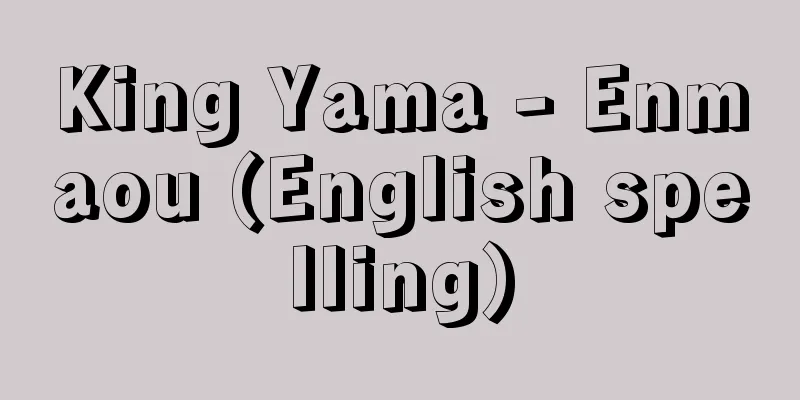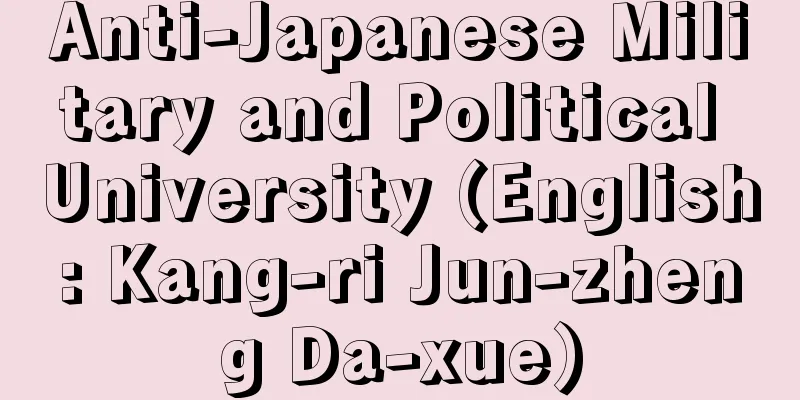King Yama - Enmaou (English spelling)

|
Yama is a transliteration of Yama. It is also called Yamao or Enrao. In Chinese, it is called Baku, Sosei, Byodo-o, Josoku, etc. It is the chief deity of hell, the chief of the underworld, who judges the deeds and sins of living beings and punishes evil. Yama, the god of death who is said to rule the underworld in Indian religions, was adopted into Buddhism and came to be described in various ways in the sutras as the lord of the hungry ghost world, the lord of hell, or an incarnation of Jizo Bodhisattva. He is usually depicted in a frightening form wearing a square crown with an open top, a high-necked garment, and both eyes rolled out, scolding. This is said to be based on the dress code of judges in the Song Dynasty of China. In esoteric Buddhism, he is incorporated into the heavenly realm as Enma-ten, but his bright and gentle features are very different from the frightening King Enma. In Japan, King Enma has been worshipped since the end of the Fujiwara period, when the idea of the Ten Kings became popular, and statues of King Enma began to appear after the Kamakura period. The oldest surviving relic is one found among the stone Buddhas of Usuki, Oita, and is thought to have been made in the 12th century. Relics from the Kamakura period include wooden statues at Enno-ji Temple in Kanagawa, Hakugo-ji Temple in Nara, Rokuharamitsu-ji Temple in Kyoto, and Joshin-ji Temple in Shiga, and a bronze statue at Chuzen-ji Temple in Tochigi. The image shows a famous colored silk painting of King Enma from the late 12th century, kept at Daigo-ji Temple in Kyoto. Source: Encyclopaedia Britannica Concise Encyclopedia About Encyclopaedia Britannica Concise Encyclopedia Information |
|
閻魔は Yamaの音写。夜摩王,閻羅王などともいう。漢訳には,縛 (ばく) ,双生,平等王,静息 (じょうそく) などがあり,衆生の行いや罪を審判し悪を懲らしめる地獄の主神,冥界の総司のこと。インドの宗教において冥界を支配するといわれる死神ヤマが,仏教に取入れられて,餓鬼界の主,地獄の主あるいは地蔵菩薩の化身などと経典のなかに種々に説かれるようになった。普通上方の開いた方形の冠をつけ,あげ頸の服を着,両眼をむき出して叱咤の勢をなす恐ろしい形に造形される。これは中国宋代の裁判官の服制によるといわれる。密教では,焔摩天として天部に取入れられているが,明るい柔和な相貌で,恐ろしい閻魔王とは非常に相違している。日本では十王思想の盛んになった藤原時代末から信仰され,鎌倉時代以降,閻魔王の造像をみるようになった。現存最古の遺品は,大分臼杵石仏中のもので 12世紀の作と考えられる。鎌倉時代の遺品は神奈川円応寺,奈良白豪寺,京都六波羅蜜寺,滋賀浄信寺などにそれぞれ木像が伝わり,栃木中禅寺には銅像も伝わる。画像では京都醍醐寺蔵,12世紀後半作の絹本着色『閻魔天像』が著名。
出典 ブリタニカ国際大百科事典 小項目事典ブリタニカ国際大百科事典 小項目事典について 情報 |
Recommend
ragtime
The most prominent musical element that made up j...
Outer Shrine - Totsumiya
[1] [noun] A palace established outside the Imperi...
Eotrigonia
...Although many species live for a relatively lo...
Ajigasawa [town] - Ajigasawa
A town in Nishitsugaru District, western Aomori Pr...
News from Unshu
…Of the 40 known ancient correspondences, the old...
Conscience - syneidēsis (Greek)
A term in moral philosophy. Refers to the intuiti...
Save the Rice - Save the Rice
〘 noun 〙 In the Edo period, rice was donated to pe...
O'Hare Airport
...New York also has two other airports: La Guard...
Casket (English spelling)
A small box for storing jewelry, important documen...
First cry - Ubugoe
This is the first sound a fetus makes when it is d...
Canary Smelly - Quite a smelly smell
→Canary Glass Source: Shogakukan Encyclopedia Nip...
Poltava
A city in central Ukraine. Also known as Poltava. ...
Friedrich Wilhelm Nietzsche
German poet and philosopher. He is a standard-bea...
Kepler - Johannes Kepler
German astronomer. Born as the eldest son of a ta...
El Riego Culture
...A prehistoric culture that was distributed in ...









